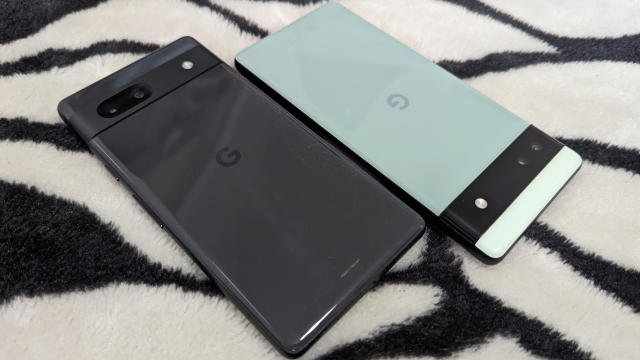The Google Pixel 7a is now out in the wild, taking the place of the Pixel 6a as Google’s budget phone, adjacent to its flagship phone offerings (the Pixel 7 and 7 Pro). Back-to-back, Google’s ‘a’ series of phones have blown us away in terms of quality, especially when it comes to the cameras – so how much better is the Pixel 7a over the 6a when taking photos?
That’s what we’re setting out to decide with this article.
Google Pixel 6a vs Pixel 7a: Camera quality compared
Broadly speaking, the Pixel 7a’s camera array is nothing short of remarkable, holding up to the 7 and 7 Pro well, whereas the Pixel 6a always felt a cut below its more premium siblings.
Before we get into it, here are the specs of the cameras on each phone:
- Google Pixel 6a: 12.2 MP wide, 12 MP ultrawide, 8 MP selfie
- Google Pixel 7a: 64 MP wide, 13 MP ultrawide, 13 MP selfie
Across the board, the lenses on the Google Pixel 7a are far better than those on the Google Pixel 6a, but this is in terms of specs. How does this translate to photos?
Let’s start with a standard wide-angle shot. During a recent press trip, I was able to catch some beautiful photos of a Gold Coast afternoon. Both photos are gorgeous, but the Pixel 7a is by far the winner, pulling off much greater colour depth and really making the colours shine through on the surface of the water.
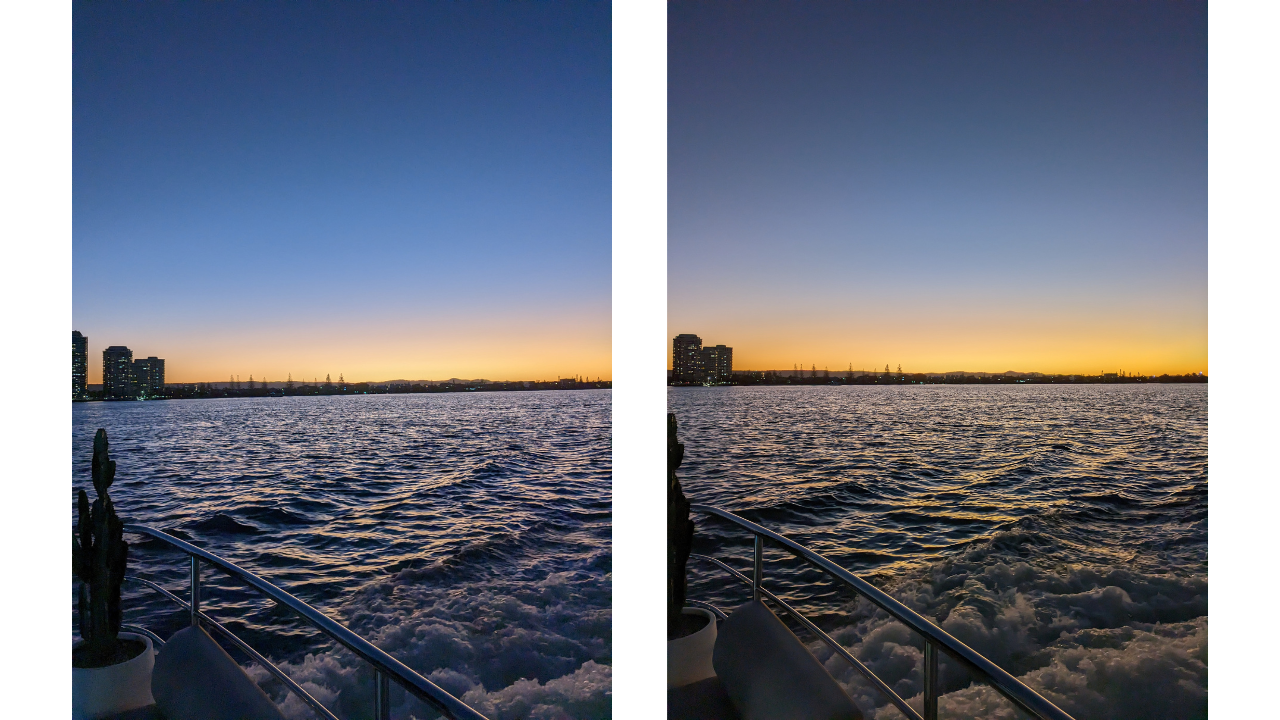
Let’s get a little closer. Here let’s test the camera’s macro potential against a wine glass. While the shot is slightly different on each phone, it seems like the Pixel 7a is handling the light much better as it’s cast upon my hand. It’s also able to pick up on the details above the wine in the glass better. The background blur across both phones appears to be on par, though the sky looks much more impressive on the Pixel 7a.
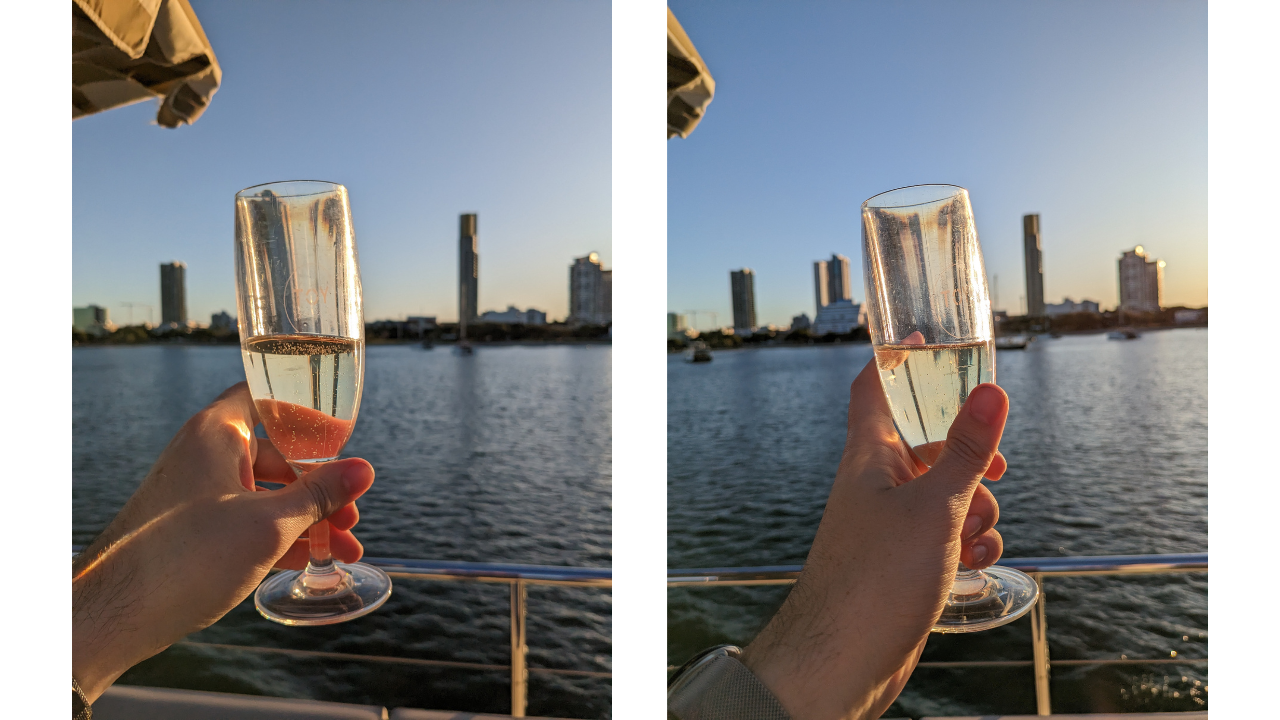
Let’s give macro another go, this time against a plant. As you can see below, while both photos are well-coloured, the Pixel 7a gets away with slightly more colour depth and a greater appreciation for natural light (as you can see on the right side of the central leaf and in the bottom right corner).

Now lets try a photo where we’re zooming both phones in at max. I managed to snap a helicopter with both phones and found that the blur of the Pixel 7a’s shot overwhelmed the photo, whereas on the Pixel 6a it was passable. Keep in mind though that the maximum zoom on the Pixel 6a is 7x, whereas it’s 8x on the Pixel 7a. My theory for the results below is that, with the added 1x zoom, the quality of the overall photo degraded. It’s likely that the snap would have been better had I pulled the Pixel 7a back to 7x.
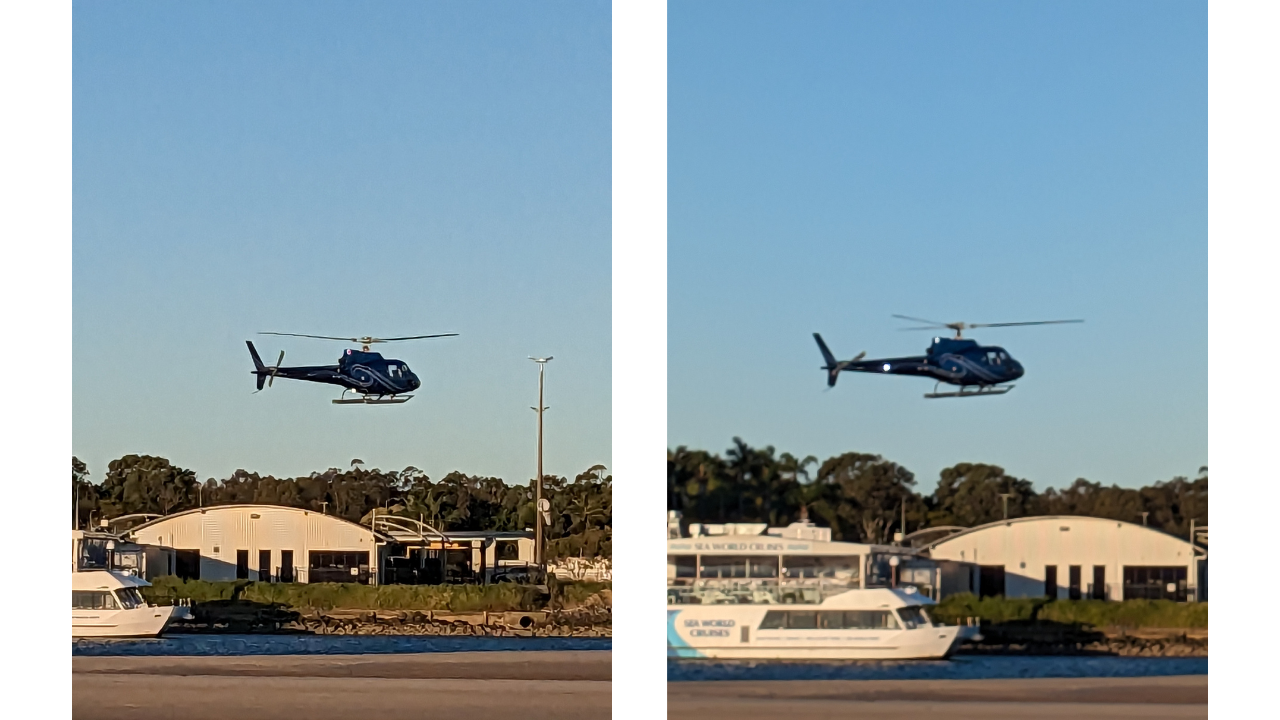
Landscape shot time. The results of this test were interesting. Pulling both phones back to their top ultrawide zooms (0.6x on the Pixel 6a and 0.5x on the Pixel 7a), the Pixel 7a was obviously capable of getting a wider shot. While some details on the Pixel 6a’s shot appear clearer than on the Pixel 7a’s, I think this is just down to the level of zoom employed and not really a reflection of the camera quality. That being said, the haze generated by the sun on the Pixel 6a shot makes it look a little less spectacular, whereas on the 7a, the haze is less of a problem.
Here’s how the Pixel 6a did.
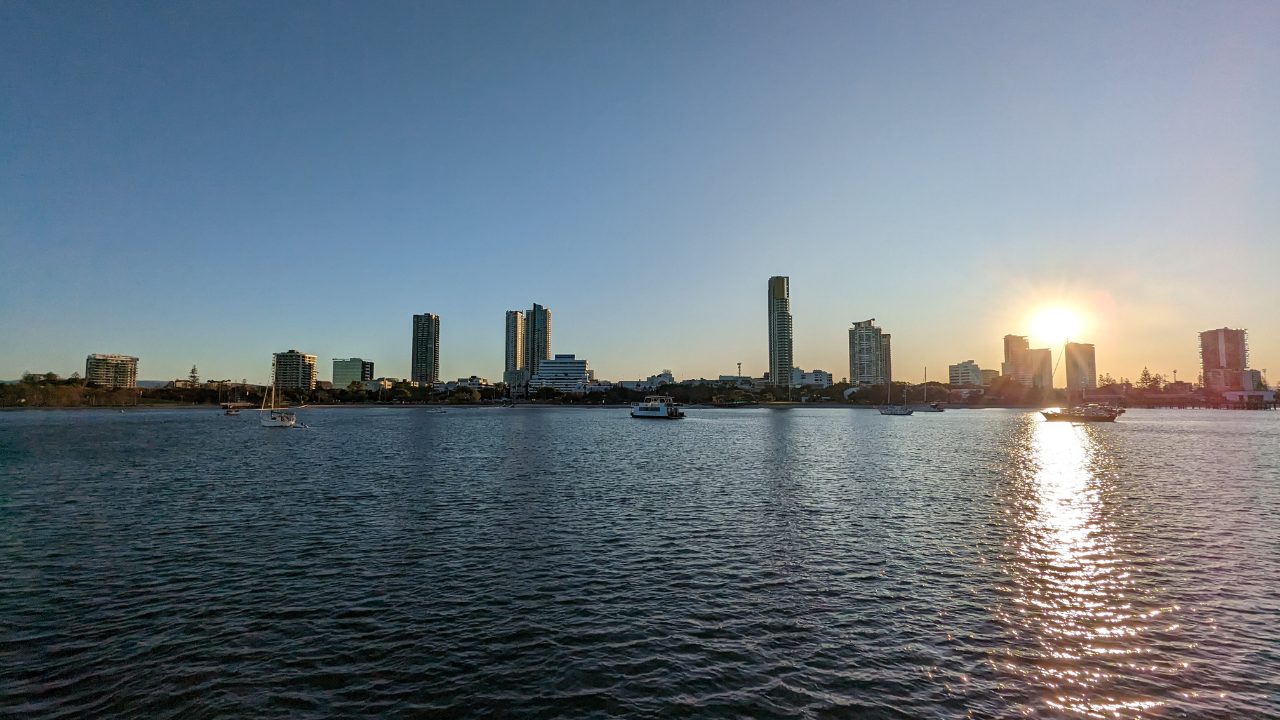
And here’s how the Google Pixel 7a did.
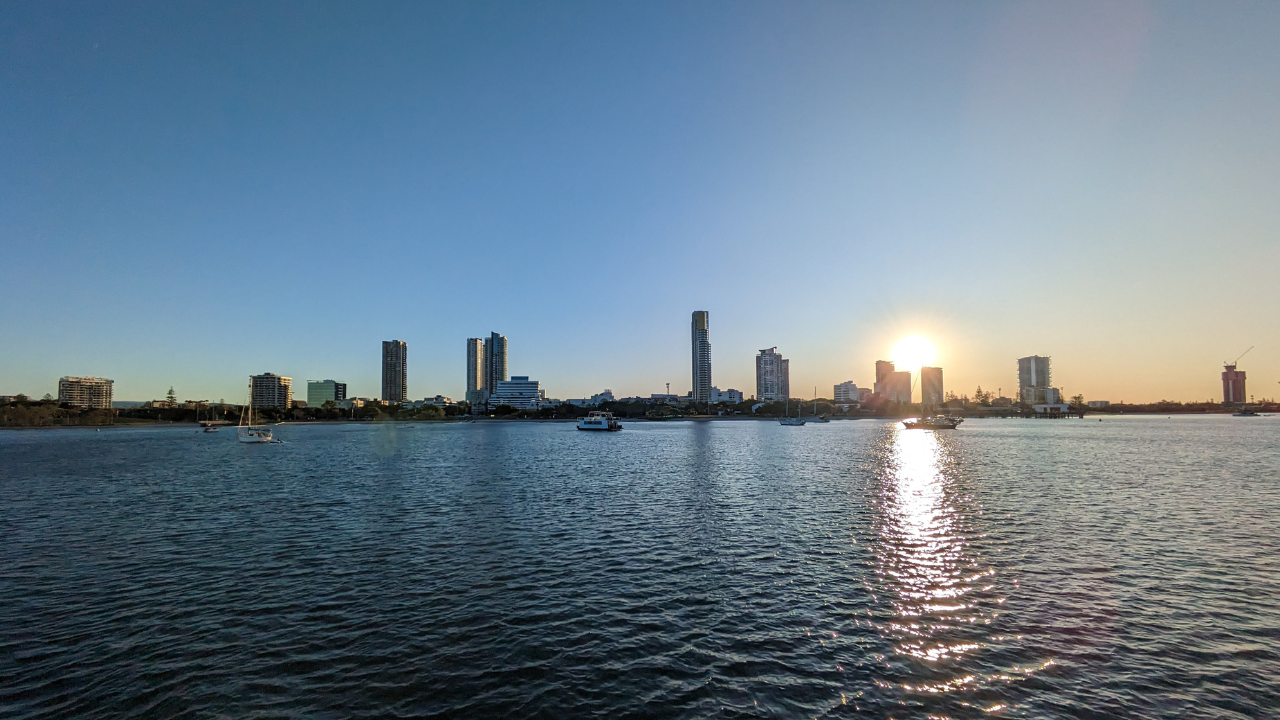
It’s selfie time. I decided to try selfies out in two different conditions to make up for different lighting. My takeaway from both selfie tests is that is that the Pixel 7a is much better at handling face redness. My pale face usually results in some unfortunate redness in photos, which the Pixel 7a seemed much better at compensating for. The Pixel 7a also seemed to handle lighting better, as in the first selfie test, my neck, my jumper and the right side of my face are much better illuminated. Don’t mind my hair being swept up by the wind in the second test below.
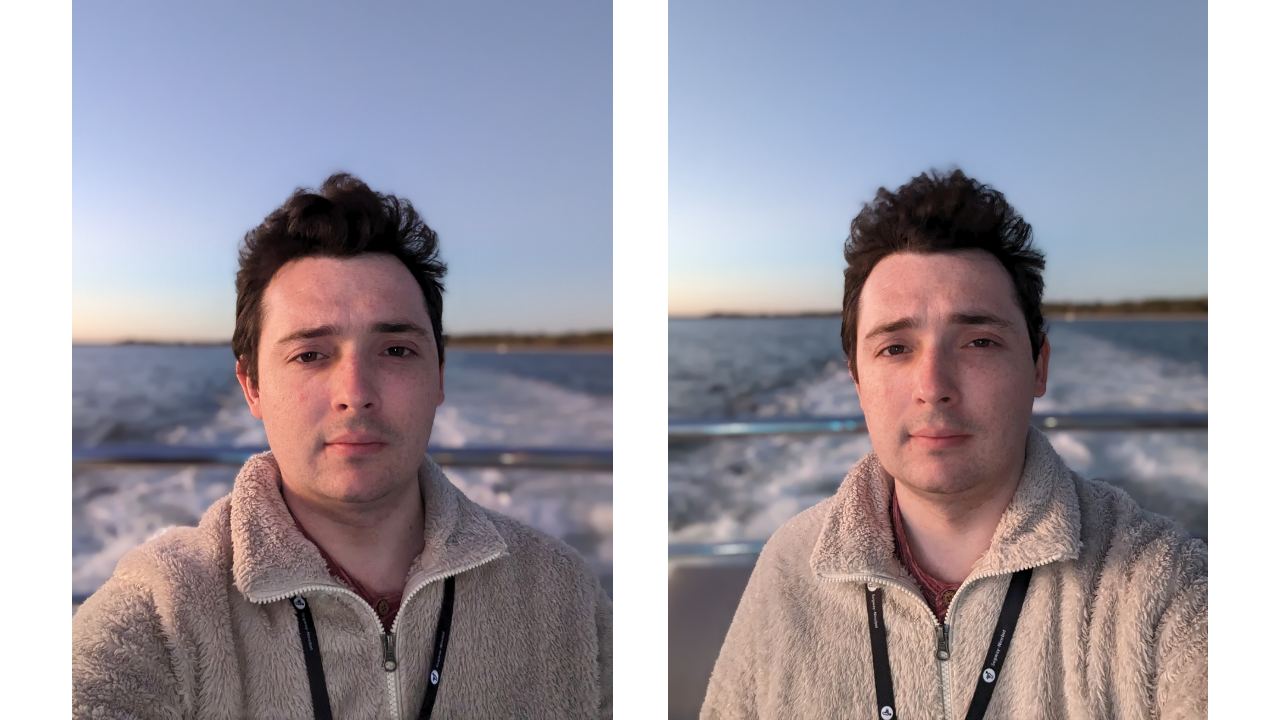
Here’s the windy one.

The Pixel 7a comes out on top
It was obvious that this was going to happen, but the cameras on the Google Pixel 7a perform much better than the Pixel 6a almost across the board. The only thing I’d be cautious with is maximum zoom, which resulted in an unfortunate blur on the Pixel 7a.
Regardless, I’m a big fan, and I think going forward, I’ll be using the Pixel 7a as my main phone.
Want to learn more? Here’s our review of the Pixel 6a from last year, and our review of the Pixel 7a.
